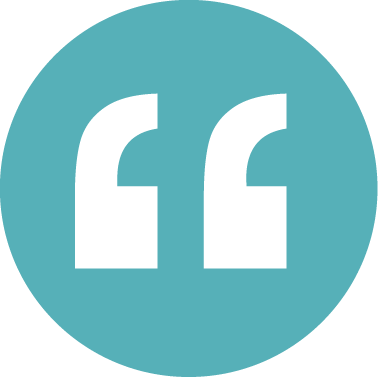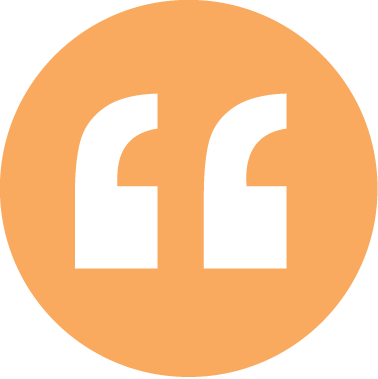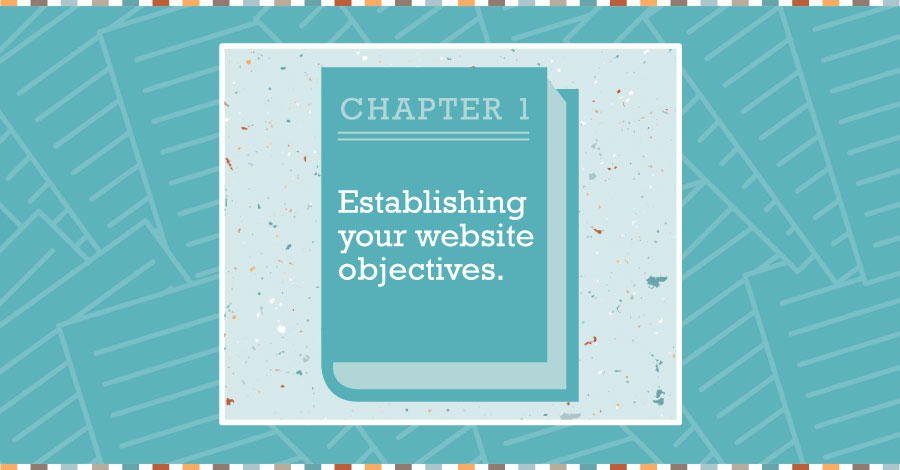What is the purpose of my artist website?
Welcome to chapter 1 of Planning Your Artist Website. By the end of this chapter, you’ll have built firm foundations for a strong and professionally targeted website by establishing a focused mission statement and a lean list of website objectives, all of which will help you reach and engage your ideal visitor.
[ezcol_1half]
1. Establish your website objectives
First of all, list all the things you want to achieve with your website. These will become your website objectives and might include:
- Showcase my art in an attractive and stylish way
- Sell my artwork in an online shop
- Establish myself as an artist in a particular arena
- Introduce my work to a new audience
- Build a following through an engaging and insightful blog
- Strengthen and build relationships with my audience
- Attract interest from galleries
- Attract commissions
Website objective for artist Daren Redman
[ezcol_1quarter] [/ezcol_1quarter] [ezcol_3quarter_end]
[/ezcol_1quarter] [ezcol_3quarter_end]
To introduce my art to a new audience outside of my immediate network in Indiana
[/ezcol_3quarter_end]
[ezcol_1quarter] [/ezcol_1quarter] [ezcol_3quarter_end]
[/ezcol_1quarter] [ezcol_3quarter_end]
To invite opportunities to exhibit my art quilts in new venues
[/ezcol_3quarter_end]
[ezcol_1quarter] [/ezcol_1quarter] [ezcol_3quarter_end]
[/ezcol_1quarter] [ezcol_3quarter_end]
To attract commissions to create site specific installations in commercial spaces
[/ezcol_3quarter_end]
[/ezcol_1half_end]
Simple goals
Depending on whether you are an established artist who has been slogging away for years or a graduate just out of art school, the objectives will vary and the possibilities are endless.
The simpler and more specific the objectives, the easier they will be to put into action. I would advise you limit the amount of objectives you begin with to 3 or 4. It’s easy to go crazy and get over-excited about all the amazing possibilities an online presence can offer an artist, but with too much to do it’s also easy to burn out and lose interest.
If you are finding it difficult to choose which objectives to prioritise, ask yourself, ‘Achieving which of these would have the biggest impact on me as an artist’? List them in order of importance and concentrate of the top 3 or 4 to begin with.
[ezcol_1half]
2. Craft a pertinent mission statement
Now try and put these 3 or 4 objectives together in a simple mission statement that sums up the purpose of your site.
You will use this as the basis for all of your content and it will prove invaluable in keeping your website focused and targeted.
It’s a good idea to write your mission statement on a big piece of blank paper and put it somewhere in your office or workspace as a constant reminder.
[/ezcol_1half][ezcol_1half_end]
Daren Redman – Mission statement
[ezcol_1quarter] [/ezcol_1quarter] [ezcol_3quarter_end]
[/ezcol_1quarter] [ezcol_3quarter_end]
The purpose of my website is to attract interest, commissions and sales from new parties, such as galleries, buyers and commercial venues
[/ezcol_3quarter_end]
[/ezcol_1half_end]
3. Ask ‘Who is my ideal target visitor’?
This can be a tricky question to answer. Many artists we’ve spoken to at TextileArtist.org say that their art doesn’t attract a particular ‘type’ of person; their buyers are diverse.
But having a person in mind whilst building your website can help give it a clear identity. If it is aimed at everybody, the chances are it could end up attracting nobody!
Many artists create work for themselves and hope others will like it too. Others strike a balance by tailoring their art to a specific market whilst retaining a sense of their own personality within the work. Either way I would suggest that a good starting point for deciding upon your target audience is by looking to yourself.
Widen your market
[ezcol_1half]
Of course there are bound to be some differences between you and your target visitor/client. If you are a recent art graduate, you might hope that people interested in your work have a little more disposable income than you. It’s also important to remember, as Rachel Biel (from TAFA) points out in her excellent article for TextileArtist.org, that artists aren’t usually each other’s target audience. You need to be aiming the site at people outside of your immediate group if you hope to widen your market.
With this in mind, create a profile for your ideal website visitor. You don’t need to go too deep to begin with, just ask a few simple questions:
- Are they male or female?
- What age are they?
- Are they married or single?
- What is their income and occupation?
- Where do they live? (If you are selling art locally this is an important one)
- What are their hobbies, interests, opinions, attitudes?
- Why are they visiting your site?

[/ezcol_1half_end]
Alongside your mission statement, you might also like to have an image of someone who looks like your ideal target visitor; you can tear a page out of a magazine or sketch the person you have in mind.
Keeping focused
It is important to keep your mission statement and your target visitor at the forefront of your thoughts throughout the planning and content-creation process. The advantages will become abundantly clear as you create your site, but include:
- Writing clear, concise content
- Giving your writing a friendly, personal style, helping to engage visitors
- Giving the site a cohesive, professional style and strong branding
- Keeping pages to a minimum to be truly effective and not overwhelming for the visitor
So in 3 simple steps you’ve got a great model for your site content and have a clear idea of who you are talking to. Next let’s give your site a name!











